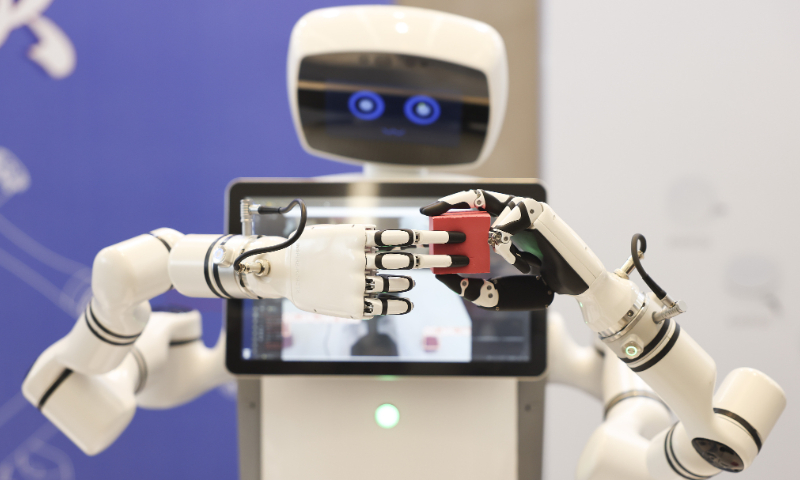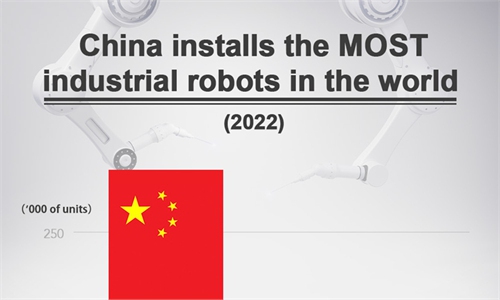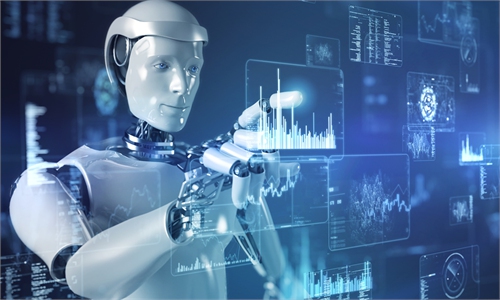China's market for humanoid robots has vast potential, but improvements needed: experts

Companies in the humanoid robot industry showcase their robotic arm products at China's first conference on humanoid robot and embodied intelligence industry on April 9, 2024 in Beijing. Photo: VCG
China has vast potential for the application of humanoid robots in a wide range of areas, including in the manufacturing and services industries, but robot development still needs improvements in terms of chips and software, experts said at an industry conference.At the China Generative AI Conference in Beijing on Friday, entrepreneurs and scholars stated that technology, cost, and application scenarios are the core considerations in the development of robots. The key to enhancing humanoid robots' capabilities lies in gathering data from high-quality scenarios and deploying it across different contexts.
At present, humanoid robots' operation is still limited to certain scenarios, such as industrial uses and services, but more personal scenarios might work in the future. "They have a progressive relationship, and are becoming increasingly complex. Currently, the whole industry is basically operating at the first stage," Jiao Jichao, vice president of UBTECH, told the Global Times.
According to Jiao, the industrial scenarios are the easiest to implement because users are less cost-sensitive. "A breakthrough in one area will help to lower the costs of hardware and optimize the software computing. Then we can explore personal and home scenarios," he said.
"We are currently in talks with some automotive companies, and some 3C factories over potential collaborations," Jiao added. "They are all keen to use our robots to replace some workers and cut labor costs. These are important scenarios that UBTech hopes to tap this year."
However, in the fields of chips and software, Chinese humanoid robots still have a lot of room for improvement compared with their counterparts in Europe and the US. "China's advantage lies in its rich scenarios. If the key elements can be addressed, it will be a significant driver for the development of the humanoid robot industry as well as generative AI technology," Jiao told the Global Times.
Liu Gang, director of the Chinese Institute of New Generation Artificial Intelligence Development Strategies, also agreed that the use of humanoid robots in the industrial and manufacturing sectors will become the largest application scenario in China.
"The development of humanoid robots not only creates its own technological innovations but also sparks advances in other fields, driving new quality productive forces in China," Liu told the Global Times.
China's humanoid robot sector is set to grow faster than the global average. By 2024, the market is expected to reach 2.158 billion yuan ($298.02 million), increasing to nearly 38 billion yuan by 2030. The sales volume is predicted to rise from around 4,000 units to 271,200 units during this period, indicating huge potential in the Chinese humanoid robot market.
Global Times


